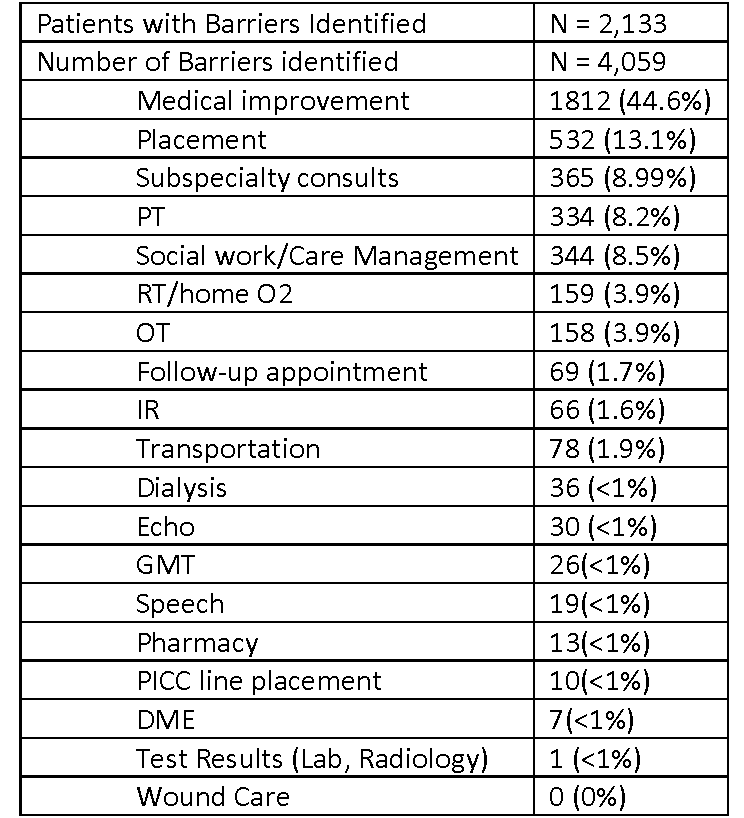Background: Commonly used discharge communication workflows hinder timely and efficient discharge. Studies exploring the use of the electronic health record (EHR) for discharge planning have been limited to electronic reports constructed from EHR data elements, including barriers to discharge documented at admission, care management data, and discharge criteria or other targeted interventions such as improving discharge summaries for patients or medication reconciliation at discharge. To address these deficits, we developed an innovative EHR tool to facilitate communication in real-time between hospitalists and other clinicians about discharge readiness and barriers to discharge.
Methods: This study is a prospective, single center, interrupted time series study designed to test the effects of the Discharge Today tool. All clinicians who were scheduled to be on service during the five-month pilot period were trained and asked to use the Discharge Today tool every day they are on service with all patients assigned to their team. Clinicians were asked to update patient discharge readiness status (Definite, Possible, No, In 24-48 hours) every morning when they first reviewed their patient, and anytime patient status changes throughout the day. Primary outcomes were: (1) time of day the clinician enters the discharge order, (2) time of day the patient leaves the hospital, and (3) average length of stay. Secondary outcomes are: (1) proportion of patients for whom a discharge order is entered before 11 am, (2) proportion of patients discharged before 11 am, and (3) clinical staff experience collected via REDCap survey.
Results: During the pilot implementation period, 351 users, including physicians, advanced practice providers, residents and medical students, nurses, physical and occupational therapists, care managers and social workers, and pharmacists added the tool to their patient worklists. Sixty-five (88%) of the hospitalists who discharged a patient during the pilot period used the tool at least once. We found that 85% of patients discharged during the pilot period, March to July 2019, were assigned a discharge status. The most common barriers identified were medical improvement, placement, subspecialty consults, physical therapy, and social work or care management (Table 1). For patients assigned at least one discharge status during the pilot period, 26% had a discharge order in before 11:00 am compared to 23% of patients who did not have any discharge statuses assigned during the pilot period. In a survey conducted with hospital staff who utilized the Discharge Today tool, 83% of hospitalist providers and 94% of partner users, including nursing staff, care managers, social workers, physical therapists, and pharmacists, gave a positive rating.
Conclusions: Our Discharge Today tool is a real-time communication tool that transmits from the primary team provider to virtually every hospital care team member (regardless of type) within the EHR. Created by hospitalists and other healthcare professionals who care for hospitalized patients and participate in discharge planning, this tool not only documents and communicates what tasks need to be completed before a patient can be discharged but also helps clinicians, nursing, and other staff to prioritize their work in real-time. Preliminary data suggests this tool is acceptable to clinical staff and useful for improving discharge timing.

